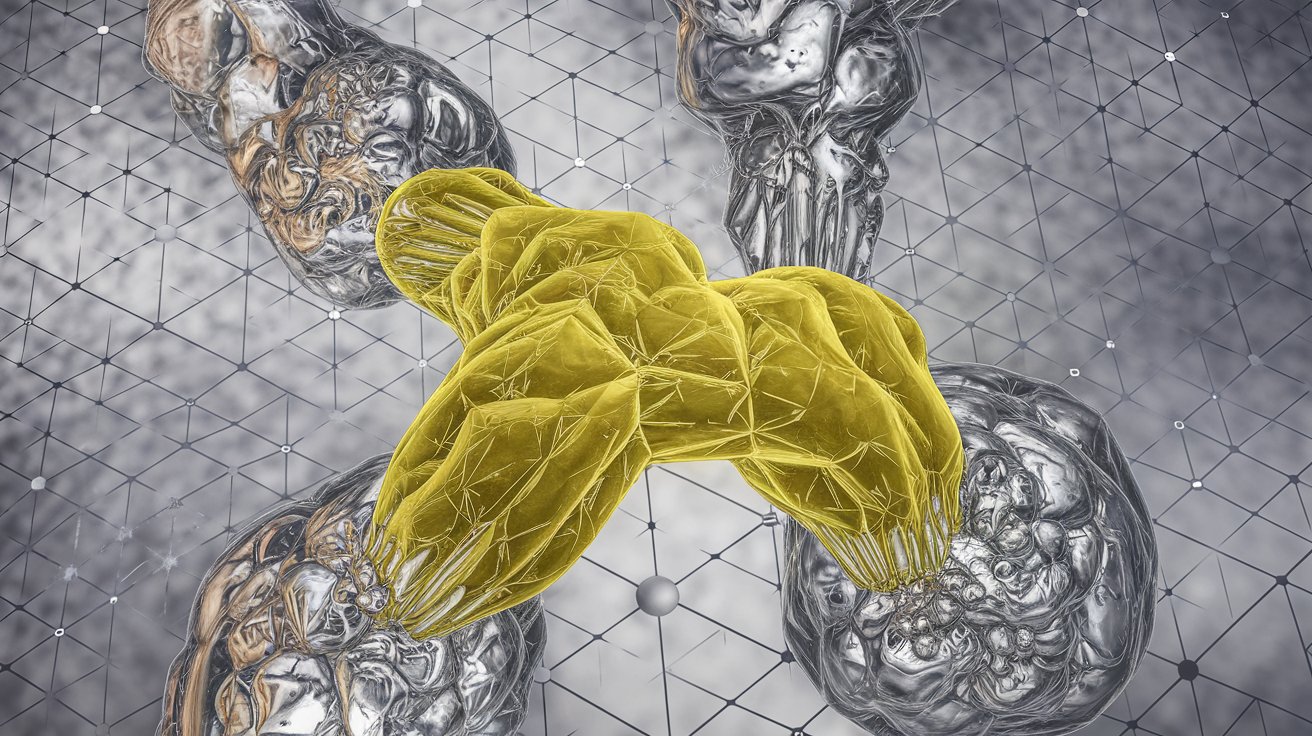
Cisplatin, also known as Cis–Platinum(II) Chloride Diamine, is a chemotherapy drug that has been a game-changer in cancer treatment. Discovered in the 1960s, it has become a cornerstone for treating various cancers, including testicular, ovarian, bladder, and lung cancers. But what makes this drug so special? Cisplatin works by interfering with the DNA in cancer cells, preventing them from dividing and growing. This unique mechanism has saved countless lives. However, like all powerful medications, it comes with its own set of challenges, including potential side effects like kidney damage and hearing loss. Understanding the intricacies of Cisplatin can help patients and caregivers navigate its benefits and risks more effectively.
Key Takeaways:
- Cisplatin, a powerful chemotherapy drug, was discovered accidentally and has saved countless lives since the 1970s. Its impact on cancer treatment continues to evolve with ongoing research and innovation.
- While cisplatin effectively treats various cancers, it comes with side effects like nausea and kidney damage. Ongoing research aims to improve its effectiveness and reduce these challenges.
What is Cisplatin?
Cisplatin, also known as cis–platinum(II) chloride diamine, is a chemotherapy drug used to treat various types of cancer. Its discovery and application have revolutionized cancer treatment. Here are some fascinating facts about this powerful medication.
-
Cisplatin was discovered in 1965 by Barnett Rosenberg, a biophysicist at Michigan State University.
-
The drug's discovery was accidental. Rosenberg was studying the effects of electric fields on bacterial growth when he noticed that platinum electrodes inhibited cell division.
-
Cisplatin is one of the first chemotherapy drugs that showed significant effectiveness against testicular cancer.
-
The chemical formula for cisplatin is Pt(NH3)2Cl2.
-
Cisplatin works by binding to DNA in cancer cells, preventing them from replicating and causing cell death.
How Cisplatin is Used in Cancer Treatment
Cisplatin has become a cornerstone in the treatment of various cancers. Its applications are diverse, and its effectiveness is well-documented.
-
Cisplatin is used to treat cancers such as testicular, ovarian, bladder, lung, and stomach cancer.
-
It is often administered intravenously, allowing it to circulate through the bloodstream and reach cancer cells throughout the body.
-
Cisplatin is usually given in cycles, with periods of treatment followed by periods of rest to allow the body to recover.
-
The drug is often used in combination with other chemotherapy agents to enhance its effectiveness.
-
Cisplatin can also be used as a radiosensitizer, making cancer cells more susceptible to radiation therapy.
Side Effects and Challenges
While cisplatin is highly effective, it also comes with a range of side effects and challenges that patients and doctors must navigate.
-
Common side effects include nausea, vomiting, and kidney damage.
-
Cisplatin can cause hearing loss, particularly in higher frequencies, which may be permanent.
-
Patients may experience peripheral neuropathy, a condition that causes numbness and tingling in the hands and feet.
-
The drug can lead to myelosuppression, a decrease in bone marrow activity resulting in fewer blood cells.
-
Hydration therapy is often used to mitigate kidney damage caused by cisplatin.
Innovations and Research
Ongoing research aims to improve the effectiveness and reduce the side effects of cisplatin. Scientists continue to explore new ways to use this powerful drug.
-
Researchers are developing cisplatin analogs, which are similar compounds designed to be more effective or less toxic.
-
Nanotechnology is being explored to deliver cisplatin directly to cancer cells, potentially reducing side effects.
-
Studies are investigating the use of cisplatin in combination with immunotherapy to enhance the body's natural defenses against cancer.
-
Genetic research is helping to identify which patients are most likely to benefit from cisplatin treatment.
-
New formulations of cisplatin are being tested to improve its solubility and stability.
Historical Impact and Future Prospects
Cisplatin's impact on cancer treatment has been profound, and its future prospects continue to evolve with ongoing research and innovation.
-
Since its introduction in the 1970s, cisplatin has saved countless lives and remains a key component of cancer therapy.
-
The success of cisplatin has paved the way for the development of other platinum-based chemotherapy drugs, such as carboplatin and oxaliplatin.
-
Cisplatin's discovery highlighted the importance of serendipity in scientific research, showing that unexpected findings can lead to groundbreaking treatments.
-
The drug's effectiveness against testicular cancer has contributed to a dramatic increase in survival rates for this disease.
-
Future research aims to personalize cisplatin treatment, tailoring it to individual patients based on their genetic makeup and specific cancer type.
The Impact of Cisplatin
Cisplatin has revolutionized cancer treatment. This chemotherapy drug has saved countless lives since its discovery. Its ability to target and destroy cancer cells makes it a cornerstone in oncology. However, its side effects, like nephrotoxicity and ototoxicity, remind us of the delicate balance in cancer therapy.
Researchers continue to explore ways to minimize these adverse effects while maximizing its efficacy. New formulations and combination therapies are in the works, aiming to make cisplatin even more effective and safer for patients.
Understanding cisplatin's role in cancer treatment highlights the importance of ongoing research and innovation. As we look to the future, the goal remains clear: to improve patient outcomes and quality of life. The journey of cisplatin from discovery to a life-saving drug underscores the power of science and medicine in transforming lives.
Frequently Asked Questions
Was this page helpful?
Our commitment to delivering trustworthy and engaging content is at the heart of what we do. Each fact on our site is contributed by real users like you, bringing a wealth of diverse insights and information. To ensure the highest standards of accuracy and reliability, our dedicated editors meticulously review each submission. This process guarantees that the facts we share are not only fascinating but also credible. Trust in our commitment to quality and authenticity as you explore and learn with us.
